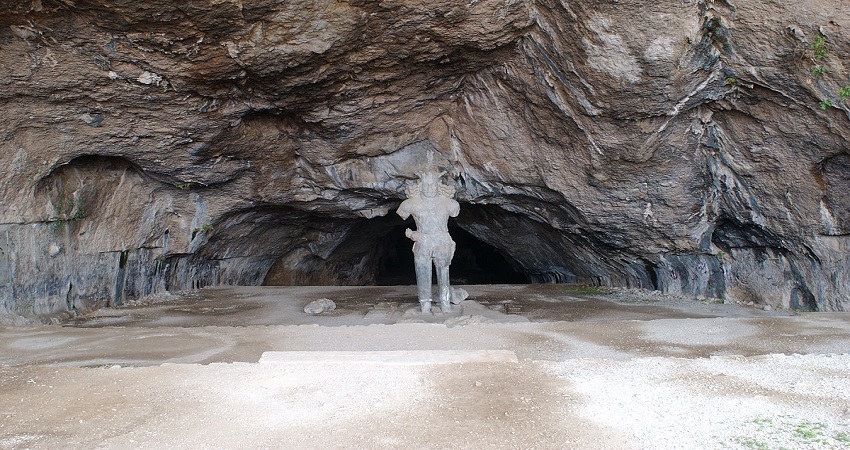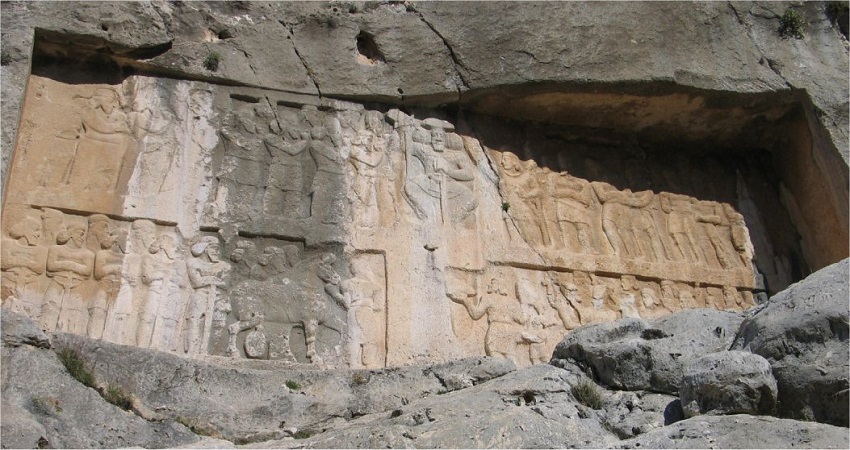Bishapur

Avicenna
March 7, 2020
Goharshad Mosque
March 7, 2020Bishapur
Bishapur is one of Iran’s ancient cities, located in Kazerun of Fars province. It was built by the order of Shapur I in the Sassanid era in 266 A.D. and today only some desolates are left from it.
With an area of 200 hectares, Bishapur was one of the important towns of that time and it had a communication significance. After Shapur’s victory over the Roman Emperor Valerian, Shapur ordered the city of Tisphon to be built in a pleasant area on the throne of Persepolis.
During the Achaemenid era, this road would connect the cities of Persepolis and the Estakhr to Susa. Bishapur was residential until the 7th Hijri century and it was destroyed thereafter. Bishapur is a treasury of precious Sassanid relics such as the Anahita temple and has three sections.
The main section is surrounded by a stone wall and holds state and religious buildings, such as the hall of ceremonies, Valerian’s Palace, mosaic-tiled ivans, a courtyard. The city of Bishapur was designed in a rectangular ground by the Greek engineering method devised by Hippodamus, intersecting four gates and two streets.
One of the streets is north-south and the other is east-west, each leading to one of the city gates. The western gate was the main entrance to the city. The city, like most ancient cities, consisted of two royal and ordinary sections. The ordinary residential sector was the home of ordinary people’s lives and businesses.
Houses, schools, baths, markets, etc. were in this category. The royal part of this ancient city but includes sections such as the Shapoor Ceremonial Hall, the Grand Anahita Temple, the Tomb of Valerian, the Valerian Palace, and the Ivan Mosaic.
This historic city is one of the oldest cities whose history is carved on a stone inscription and is therefore of global importance.


